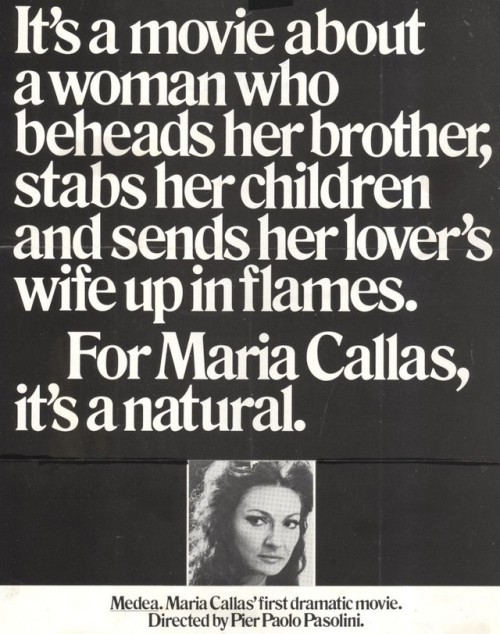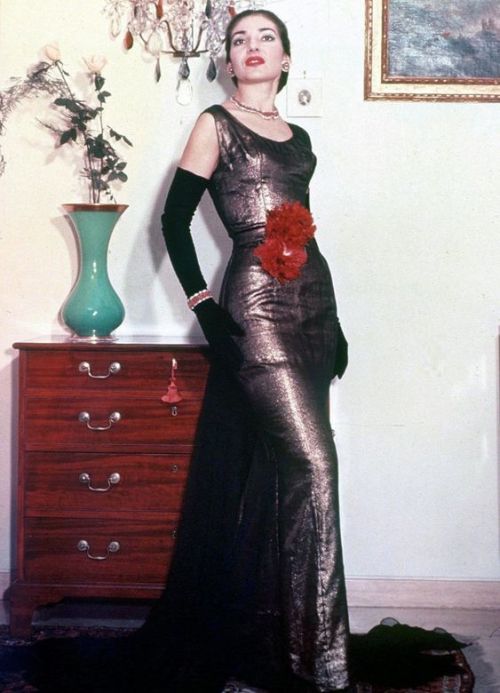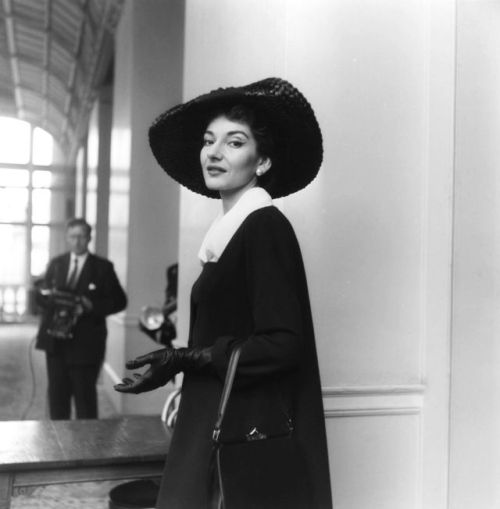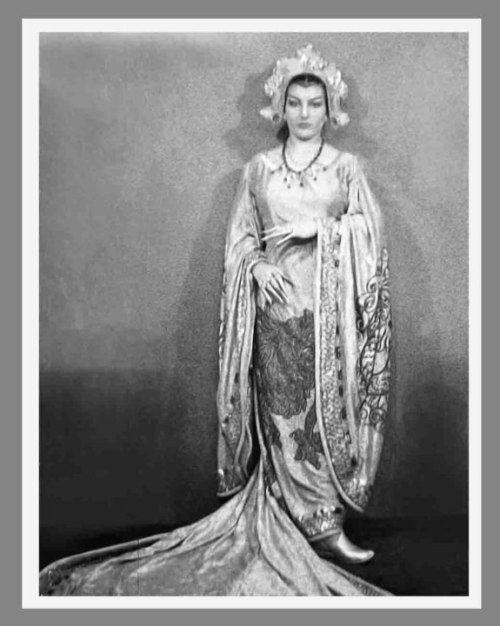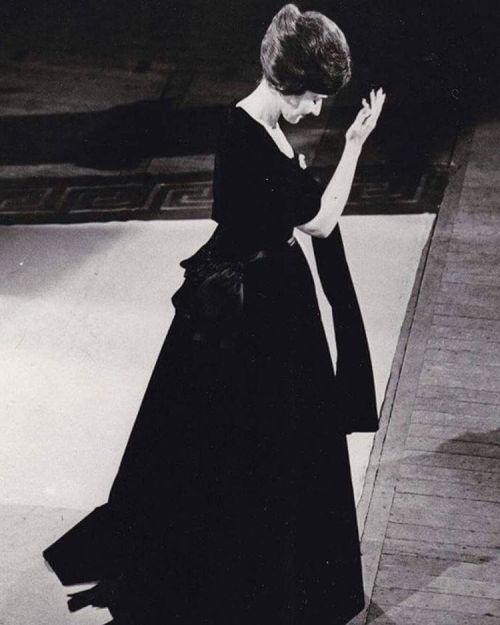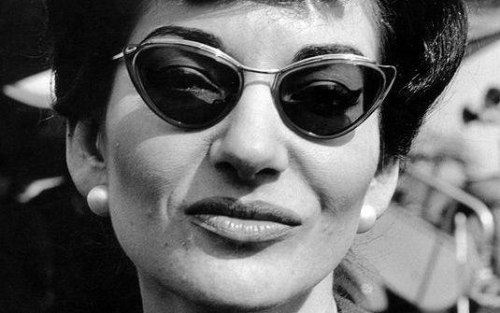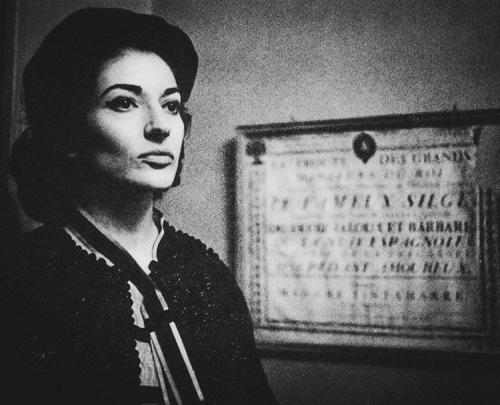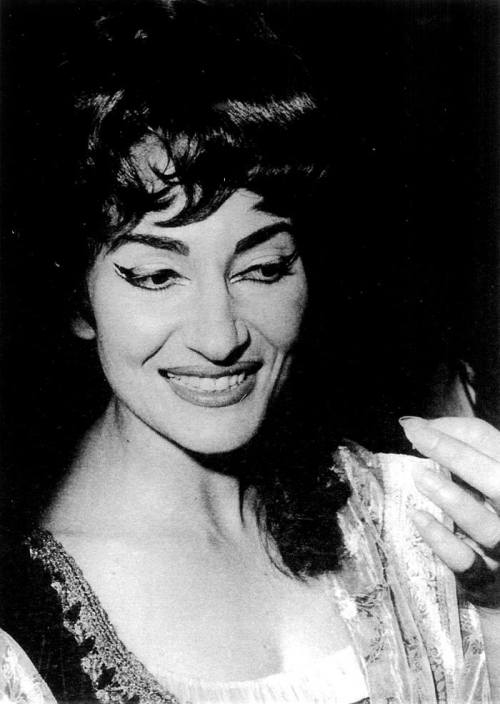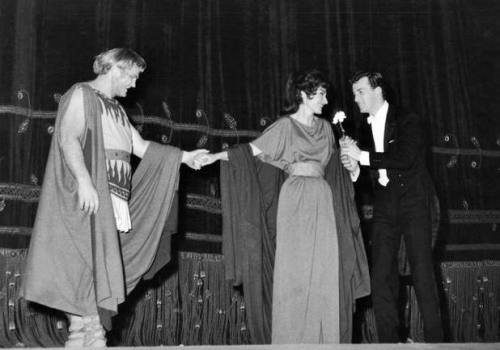#maria callas
Anonymous asked: I enjoy reading your essays on music and especially your very learned takes on opera. Maria Callas remains a favorite of mine. I was talking to my partner who professionally plays in an orchestra and he opined that for him Maria Callas ruined her voice by singing coloratura roles that were outside her natural range; things like Gilda and Butterfly. What is your take?
Both fragile and yet seemingly unshakeable on stage, Maria Callas is unquestionably an operatic diva and legend of the 20th century. Love it or hate it, her voice leaves no listener indifferent.
I have been pondering on your question for over a couple of months now to see if there is any truth to what your musician partner believed. So I went back to listen to what Callas collection I have (it’s a lot) and even watched some clips of her performances. I even talked it over with some musician friends of mine who are more knowledgeable about these sort of things than I could hope to be. But I still made up my own mind after debating things over with them.

In truth, I came away in two minds. I think, with respect, your musician partner is half-right.
Maria Callas did do damage to her voice, but that’s not how. If your technique is good enough, you can sing anything that doesn’t require you to “force.” A relaxed vocal production with ample breath support is good. “Forcing” is bad. (This is precisely analagous to any other physical activity. Certain kinds of straining hurt the muscles.) There is no “forcing” from Callas in the upper register in performances of these coloratura roles. Indeed it was on the other end of her range that she did damage to her voice.
Callas had a nearly flawless vocal technique including considerable power and agility throughout a wide range, and in the very earliest recordings live or studio (e.g., the 1949 Cetra Liebestod and “Casta diva”) there is scarcely a trace of the pronounced wobble that gradually took over in the upper register.
Unfortunately, she did damage to her instrument by abusing what is referred to as “chest voice,” the use of forcing in the lower register for expressive effect that makes a soprano sound not unlike a baritone. Listen to Callas singing “Suicidio!” in the early Cetra Gioconda. You will notice that she uses “chest voice” whenever she descends to the lower register, and that she carries the use of chest register fairly high up at the end of the aria. You can all put feel her tearing up her instrument with the final “dentro l'avel.” She really bores into the final sustained syllable of the aria forcing for all she’s worth. Had she done this more sparingly like many another singer of Italian opera, no harm would have been done. But Callas was addicted to this effect.

It is often said that singers damage their voices by singing roles too heavy for them, and this is true. What makes a role too heavy? A role that is too heavy is a role that requires you to force. Callas had a large voice and a superlative technique. She didn’t ever need to force. Had she not abused her voice by making excessive use of “chest voice,” the wobble would not have become a problem and her career would have lasted much longer.
Needless to say, other factors contributed to the state of Callas’ physical health: growing older, emotional stress, the diet she went on in the 50’s (which may or may not have involved swallowing a tape worm), etc. etc. etc. But the immediate and principal cause of Callas’s vocal problems was something she did with her voice, despite all the mythology.

Thanks for your question.

Maria Callas & Jean-Pierre Cassel, Gala des Artistes 1971

M & M



